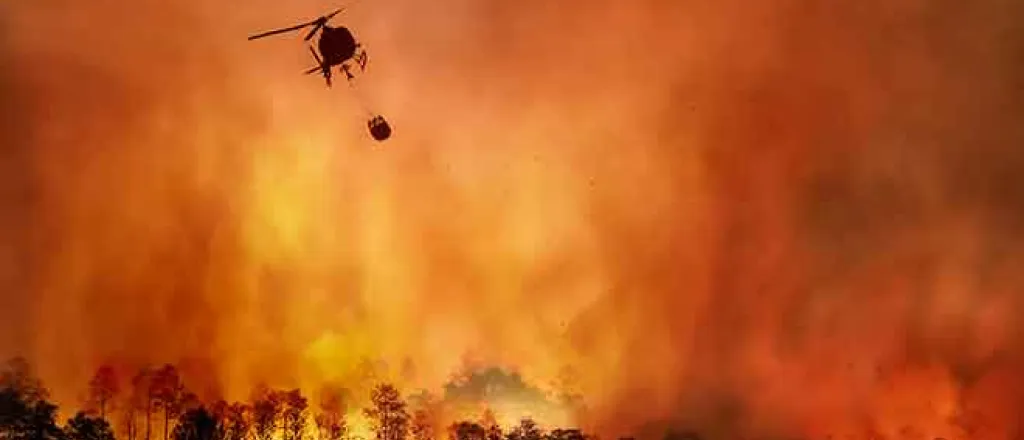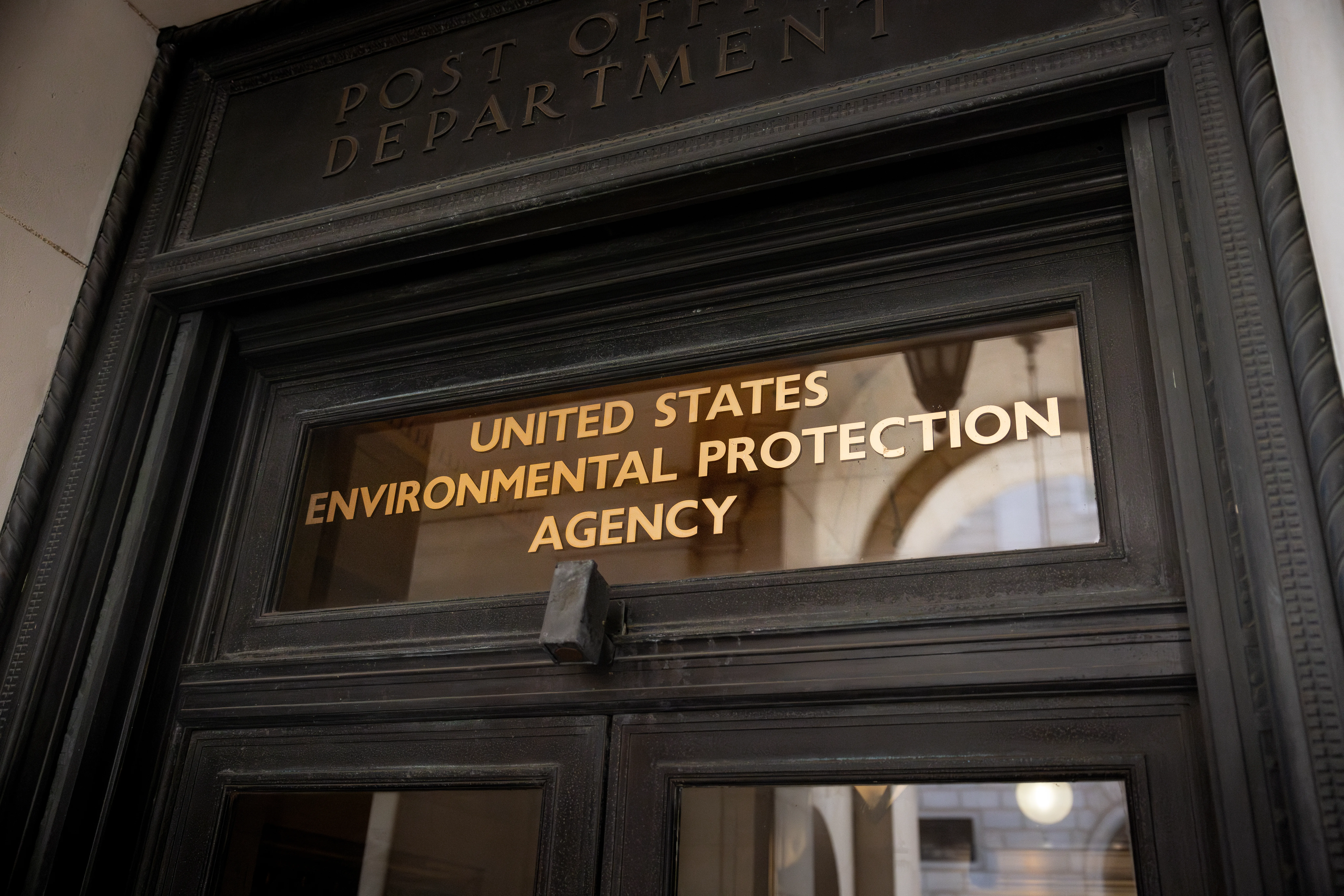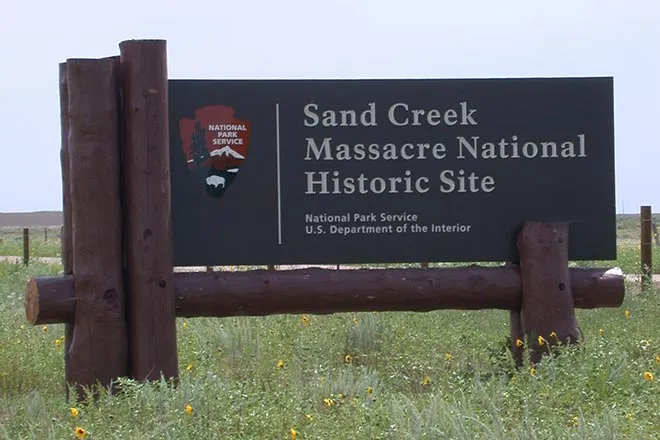
U.S. Forest Service proposes $391M budget cut for 2026
The U.S. Forest Services plans to cut its budget by $391 million for fiscal year 2026, according to a proposed budget request.
A large portion of the cuts to the forest services budget are expected to be implemented into the new U.S. Wildland Fire Service within the Department of the Interior.
Tom Shultz, chief of the U.S. Forest Service, laid out plans to integrate fire service operations within the department and highlighted its focus on a “back-to-basics approach” at a Senate Energy and Natural Resources hearing on Thursday.

© iStock - claffra
“The fiscal year 2026 President’s budget refocuses forest service efforts on active forest management, critical minerals permitting, recreation [and] energy development,” Shultz said.
Some senators on the committee criticized the forest service’s plans to consolidate fire operations in the Department of Interior.
“Instead of moving quickly, you all have trotted out yet another new and described as improved reorganization in the middle of a very dangerous fire season,” Senator Ron Wyden, D-Ore., said.
Senator Alex Padilla, D-Calif., said he was concerned about staffing cuts at the forest service from the Trump administration’s deferred resignation program, which allowed federal workers to resign from their positions while still receiving pay and benefits until Sept. 30.
“The staffing reductions coupled with the president diverting National Guard units in California mean that those resources are no longer available to support our wildfire response capacity,” Padilla said.
Shultz said that most firefighting personnel in the forest service did not take part in the deferred resignation process. He said the forest service maintains 99 percent capacity for firefighting personnel.

© JJ Gouin - iStock-1642293566
Padilla also said he was concerned about the increased roles state and local governments would need to take up in preventing forest fires with less help from the U.S. Forest Service.
“Communities in the United States of America are at increased risk because of the actions of this administration which contradict the supposed goals and objectives,” Padilla said.
Senator Steve Daines, R-Mont., opposed Padilla and said that state governments should have greater responsibility over public lands, rather than the federal government.
“If you take a look at the landscapes across Montana and look at federal lands versus state lands, I can tell you the state's doing a much, much better job in terms of stewardship of public lands than the federal government,” Daines said.
As the U.S. Forest Service prepares to make cuts to its budget, state and local governments are looking for ways to address land management.
“Some of these issues that we've discussed, it's just a reminder of the fact that states and tribes are incredible partners. They're indispensable parties really, Senator Mike Lee, R-Utah said.
"They're the ones on the ground, living in communities that depend on these forests, that are right next to them, whose lives are inextricably intertwined with the land in question,” Lee added.

















